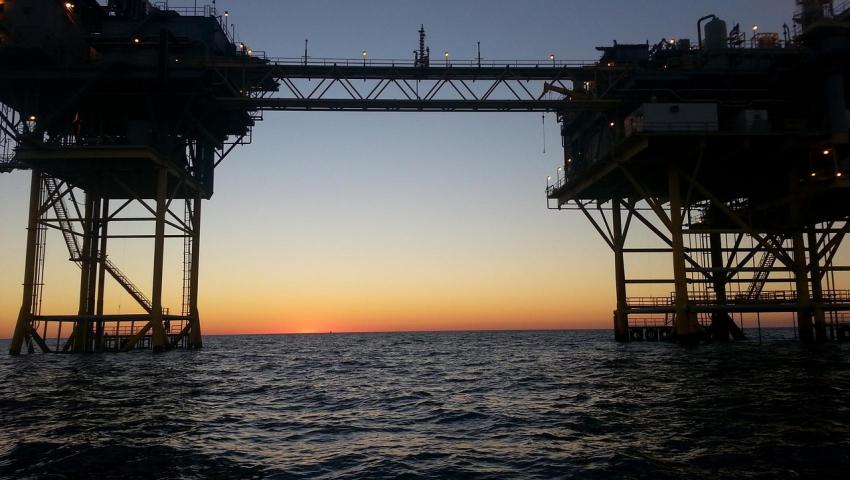Can abandoned oil rigs help our fight to protect the environment?

Georgi Velev
The world's oceans are home to tens of thousands of abandoned offshore oil rigs. There are more than 32,000 in United States waters alone, and the UK North Sea hasn't fared much better in this regard, with more and more rigs being decommissioned all the time. The reason is that developed oil fields are aging and global energy markets and energy policies are increasingly shifting away from fossil fuels.
These abandoned platforms can pose serious risks to the environment if managed incorrectly or inadequately, experts quoted by OilPrice.com explain. The international Ospar Convention dictates that these rigs must be removed from our waters worldwide – but some scientists are finding that if properly decommissioned, maintained and/or upgraded, these oil rigs could potentially offer some significant environmental benefits environment.
In the United States, more than half—approximately 58 percent—of the 55,000 wells managed by the Bureau of Ocean Energy Management (BOEM) are either permanently or temporarily abandoned. That's a huge number. For context, BOEM manages more than 2,000 active oil and gas leases across 10.9 million acres of North America's outer continental shelf.
The scale of abandoned infrastructure directly correlates with the scale of risk posed by abandoned platforms. Improperly decommissioned or maintained wells are “more likely to leak or spill oil or gas into the ocean, endangering marine life and the delicate marine environment, endangering coastal communities. And it also has an impact on the economy," reports Arnold & Itkin in its analysis. "Corrosion, storm damage and environmental exposure can turn abandoned rigs and wells into ticking time bombs."
In fact, the Taylor Energy oil spill, the longest running oil spill in US history, originated from abandoned offshore wells in the Gulf of Mexico. The spill began in 2004 when the rig was hit by Hurricane Ivan – and is still leaking today. According to the Bureau of Safety and Environmental Enforcement (BSEE), the reserves used are enough to sustain the spill beyond the year 2100 if the leak is not contained.
But these negative environmental externalities can not only be reduced with proper management, but also reversed. Now abandoned oil rigs in the North Sea and Gulf of Mexico – among other waters around the world – provide extremely valuable synthetic reefs for local marine life. Indeed, in the United Kingdom, as in the United States, activists have protested the removal of such abandoned platforms in the interest of preserving the marine ecosystem.
"For some species, rigs are even better nurseries than natural reefs," Future Planet reported in 2021. "The towering pillars are the perfect spawning grounds for small fish."
In addition to their function as built-up reefs, abandoned oil rigs can become doubly environmentally friendly if they are retooled to capture and sequester carbon from the atmosphere and oceans.
"The stands have the ability to store CO2 using existing equipment that was previously used for oil and natural gas extraction. Except that, with minor modifications, it will work in the opposite direction,” The Conversation recently reported, citing scientific findings from Denmark's Project Greensands. There is similar research from the Massachusetts Institute of Technology (MIT), which suggests that extracting carbon directly from ocean waters can be even more efficient.
While this is a promising repurposing of these potentially dangerous abandoned platforms, there are some serious downsides to carbon capture in the bigger picture. Many experts argue that the main purpose of carbon dioxide capture and storage is greenwashing – a type of green investment fraud. It's a practice that allows companies to claim an environmental benefit while continuing to extract fossil fuels and emit more and more carbon emissions. At the same time, however, they use carbon offsets as a convenient excuse.
A serious conversation needs to be had around the reuse of abandoned platforms. This is obviously essential for responsible scaling and project management in this direction. But if managed properly, ethically and transparently, such schemes could deliver significant reductions in environmental harm and even net benefits.
